How to Choose the Right Horseshoes: A Comprehensive Guide
Horseshoes have kept horses’ hooves safe for more than 6,000 years. Steel remains the most popular material today. But modern options have expanded well beyond traditional choices. Modern horseshoes now include aluminium that weighs half of steel, rubber that lets hooves expand naturally, and innovative composites that blend synthetic polymers with carbon fibre.
Picking the right horseshoe makes a real difference. Your horse needs new shoes every 4 to 8 weeks. The type you choose can substantially affect their performance, comfort, and overall health. This matters whether you need lightweight shoes for competitions, therapeutic options for hoof problems, or tough protection for everyday use.
Let me help you pick the perfect horseshoes for your four-legged friend.
Understanding Why Horses Need Horseshoes
A horse’s hooves and their connection to the ground are the foundations of its movement and health. Wild horses keep their hooves healthy through constant movement over different terrains. Domesticated horses need extra protection.
The Natural Hoof vs. Domesticated Needs
Wild horses’ hooves stay healthy naturally as they move across different landscapes. They cover 20-40 miles each day on hard, dry, and rough surfaces, which helps their hooves wear down at the same rate they grow. This creates strong, balanced hooves that work perfectly in their environment.
Domesticated horses face a different set of challenges than their wild relatives. They don’t move as much or experience different types of ground. Most live in pastures and stables with soft ground where their hooves don’t wear down much. They also carry riders or pull loads, which puts extra weight and stress on their hooves. This makes their hooves wear down faster than they would in nature.
This creates a basic problem with hoof care. A domesticated horse’s hooves will keep growing like our fingernails if left unchecked. So regular trimming becomes essential, whether the horse wears shoes or not.
When Horses Can Go Barefoot
Shoes aren’t always needed, and going barefoot can be great for horses when it works. Barefoot hooves work as nature intended – they expand and contract with each step, which pumps blood in and out of the foot. This helps protect joints and tendons from damage.
Your horse might do fine without shoes if:
-
They have strong, even feet with tough hooves.
-
They mostly work on soft, well-kept surfaces.
-
A professional trims their hooves every 4-6 weeks.
-
They eat well enough to grow healthy hooves.
-
They don’t compete in demanding activities.
Many performance horses can stay barefoot if they compete at lower levels. Hoof boots can also protect horses’ feet during rides while they’re switching from shoes to barefoot, at least until their hooves toughen up.
All the same, going barefoot isn’t right for every horse. Some horses just can’t adapt because of their genes or training. They might get sore feet or bruise easily after long rides. Others might have health issues that make shoes necessary.
Signs Your Horse Needs Shoes
You need to know when your horse needs shoes to keep them comfortable and performing well. Here are some signs to watch for:
-
They become sensitive or lame on hard or rocky ground
-
Their hooves wear down faster than new growth can replace them
-
They take part in high-impact sports like racing, jumping, or cross country
-
They often walk on hard surfaces like tarmac or asphalt
-
They have hoof problems like laminitis, navicular disease, or arthritis
-
Their hooves keep cracking or chipping even with proper trimming
-
They show balance problems that shoes might help fix
-
Their competition rules say they need shoes
The choice to shoe your horse depends on many things – their breed, how healthy their hooves are, how much work they do, and what kind of ground they walk on. While horse owners often debate this topic, most experts agree there’s no single answer that works for every horse.
Working with your vet and farrier will help you make the best choice for your horse’s comfort and soundness.
Different Types of Horseshoes and Their Uses
Choosing the right horseshoe means knowing the unique properties and purposes of each type. Today’s horseshoes are nothing like their simple ancestors. They now use advanced materials and designs that meet specific equine needs.
Traditional Steel and Aluminium Shoes
Steel shoes dominate the market because they last longer and are affordable. These shoes resist wear exceptionally well, which makes them perfect for horses that work on rough surfaces or carry heavy loads. Farriers can easily forge steel into custom, handmade shoes that fit any hoof shape perfectly.
Aluminium shoes weigh about half as much as their steel counterparts. This dramatic weight reduction helps performance horses that need speed and agility. You’ll find racehorses wearing aluminium racing plates that cut down on fatigue and leg strain. These shoes also reduce vibration up the leg, which helps horses with sensitive joints.
Each material comes with its own trade-offs:
-
Steel lasts longer but weighs more
-
Aluminium stays light but wears out faster and costs more
-
Steel handles heat better than aluminium
-
Horses with thin or weak hoof walls do better with aluminium
Specialised Performance Shoes
Performance horseshoes improve specific movements needed in different equestrian sports. Lightweight aluminium racing plates help reduce fatigue during races. Jumpers and dressage horses benefit from shoes like the Blacksmith Performance KBLAC that help with break-over in multiple directions.
Traction devices such as studs or caulks give extra grip on slick surfaces like ice, mud, or wet grass. Placing these protrusions at the heels or toes helps stability and prevents slipping during competition.
Therapeutic and Corrective Options
Therapeutic horseshoeing goes beyond basic protection and wear reduction. These special shoes create biomechanical changes that take pressure off injured areas and help them heal.
Popular therapeutic options include:
Bar shoes connect the heels with bars that give extra support to the back of the foot. Straight-bar shoes support weak hoof walls, while egg-bar shoes extend behind the foot in an oval shape that helps horses with navicular disease. Heart-bar shoes support the frog and work great for treating laminitis and founder by shifting weight to the frog.
Other corrective designs include shoes that reduce leverage by moving the break-over point closer to where the joint moves, which cuts down on joint strain. Asymmetric shoes fix specific conformational issues.
Alternative Materials: Rubber, Plastic and Composite
Modern horseshoes now include non-metal materials that work more like natural hooves while protecting them. Rubber horseshoes protect horses’ joints from impact, which helps horses that work on hard surfaces regularly.
Composite or hybrid shoes blend traditional materials with synthetic elements to create unique benefits. These shoes usually have a metal core wrapped in urethane or similar materials, giving them both structure and flex. The synthetic parts offer several advantages that let the hoof work more naturally by:
-
Absorbing shock and reducing high-frequency vibrations
-
Helping natural hoof movement and blood flow
-
Providing better traction than metal shoes
-
Lowering injury risk with softer edges
Horses moving toward barefoot or needing specific therapy find these alternative materials helpful. They strike a balance between protection and natural hoof function.
Matching Horseshoes to Your Horse’s Activity
Your horse’s activities should guide your choice of horseshoes to get the best performance, safety, and hoof health. The right shoe changes based on what your horse does, whether it’s a relaxed trail ride, competitive events, or daily work on the farm.
Trail Riding and Recreational Use
Leisure horses and trail riders need shoes that keep their horses comfortable and protected on different types of ground. Most recreational riders like traditional steel shoes with good, strong clips and ‘easy-fit’ heels that won’t trap stones. These shoes give you the right mix of durability and weight.
Horses that spend most of their time on well-kept trails or arenas do well with Alu Century Support horseshoes. These shoes mix aluminium and steel to create protection that’s both light and tough. Horses that sometimes go on rocky paths might need shoes with deeper treads to grip better, which really helps on long off-road rides.
Standard shoes work well to protect horses that mostly walk on gravel or hard dirt roads. But horses in mountains or grasslands with natural rocks often do better without shoes. Their natural hooves actually grip rock surfaces better.
Competition and Sport-Specific Requirements
Each competition discipline needs its own special type of horseshoe:
-
Racing and Speed Events: Light aluminium shoes help reduce tiredness and put less stress on tendons and ligaments. These become more important as competitions get tougher.
-
Show Jumping and Eventing: DF Grand Prix horseshoes provide excellent grip, traction, and shock absorption. This helps horses perform at their best.
-
Dressage: DF Special horseshoes work great for flatwork because they help horses move precisely with good stability.
The right shoes make a huge difference in performance. Even with the same training, horses wearing the wrong shoes might struggle with proper movements or speed. You’ll need more specialised shoes as you move up to higher competition levels.
Working Horses: Farm, Ranch and Utility
Working horses need the toughest protection out there. Ranch horses often work far from where farriers can help, so they need shoes that stay on for a long time.
Rocky terrain forces all working horses to wear shoes to avoid going lame. High-quality heavy horseshoes with nail holes for bigger nails last longer in these tough conditions.
Draft horses and working horses that haul timber, do farm work, or pull carriages need “Heavy Duty Shoes”. These shoes get stronger metal cores as hooves get bigger to handle more weight. The synthetic covering helps absorb shock for stressed joints and muscles while giving good grip on tough ground.
Horses that pull heavy loads over rough ground may need special shoes. These shoes should grip well but not create sparks. This smart design keeps both the horse and its surroundings safe from fire hazards.
The Role of Hoof Condition in Horseshoe Selection
Your horse’s hoof health creates the foundation needed to select appropriate horseshoes. Hooves and shoes work together to affect your horse’s comfort and long-term soundness.
Assessing Your Horse’s Hoof Health
A proper hoof health evaluation requires several key elements. The heel placement needs inspection first. The baseline – an invisible line running across the frog’s back and collateral grooves – should align with the heels. Your horse’s joints and tendons face excess stress when heels move forward from this line, which distorts hoof balance.
The frog’s integrity needs careful attention. A healthy frog should make ground contact with the heels to protect the digital cushion – a fatty tissue pad that absorbs impact. The wall connection deserves a close look because a well-connected hoof wall supports the coffin bone without changing angle or flaring as it goes down.
The sole thickness plays an equally crucial role by protecting the coffin bone and padding the hoof. You’ll want a firm, slightly concave sole that resists pressure. Bar definition matters too – these structures should slope downward from heel to mid-frog and stay upright rather than blend into the sole.
Research demonstrates that nail placement near the hoof’s back restricts natural expansion and changes compressive forces. This becomes particularly important when shoeing horses that already have hoof problems.
Addressing Common Hoof Problems Through Shoeing
Specific shoeing approaches help address common hoof issues. Bruising shows up as discoloured patches on the sole or wall. These cases might need more frequent farrier visits to maintain better hoof balance.
Bacterial infections like thrush create black, foul-smelling discharge. These cases need special attention to shoe fit. The frog should touch the ground without trapping debris.
Sheared heels leave deep cracks in the frog’s central groove. Foot balance becomes crucial in choosing the right shoes for this condition. White line disease causes hoof wall layers to separate progressively. Your farrier’s expertise helps select shoes that minimise stress on affected areas.
Heart bar shoes help laminitic horses by shifting more weight to the frog. Horses with navicular disease or underrun heels benefit from egg bar shoes that provide extra heel support.
Working with Your Farrier to Make the Right Choice
Your horse’s comfort, performance and long-term soundness depend on building a strong partnership with your farrier. This relationship is the life-blood of proper hoof care and horseshoe selection.
Questions to Ask Your Farrier
Start with open-ended questions about your horse’s overall hoof condition when your farrier visits. Ask specifically:
-
“What can you tell me about the current health of my horse’s hooves?”
-
“Are there any cracks or flaking I should be concerned about?”
-
“How is the balance and angle of each hoof?”
-
“Do you see any signs of infection or thrush?”
-
“What can I do between visits to maintain hoof health?”
These questions help you understand your horse’s needs and build rapport with your farrier. It’s worth mentioning that farriers need to “look at horses and understand what they are trying to tell us” rather than imposing predetermined solutions.
Understanding the Fitting Process
Your farrier assesses your horse before selecting any shoeing package during the fitting process. They clean and shape the hoof, fit the appropriate horseshoe, then nail it into the hoof wall.
The fitting process involves vital decisions about:
-
Shoe type and material based on your horse’s activity and environment
-
Proper hoof balance to support natural movement
-
Strategic nail placement that avoids sensitive areas
-
Whether modifications like clips or studs are needed
Expert farriers believe that “proper trimming is paramount” and “more important than the type of device applied to the foot.”
Conclusion
Picking the right horseshoes is a vital decision that impacts your horse’s comfort, performance, and long-term health. Steel remains a popular choice. Modern materials like aluminium, rubber, and composites are ground-breaking options that match specific needs and activities.
Your horse’s needs will shift based on their workload, competition schedule, and hoof condition. A full picture of these factors, combined with your farrier’s professional guidance, will give a solid foundation for hoof care throughout your horse’s life.
Note that successful horseshoeing blends your horse’s unique needs with the right materials and steady care. Smart choices about activity levels, hoof health, and expert advice support your horse’s wellbeing and performance goals effectively.

Welcome to Sell Your Horse, a platform dedicated to connecting equestrians with each other, making horse buying and selling easier and more transparent. With a focus on technology and community-building. My mission is to help like-minded equestrians find the right connections, share knowledge, and build a trusted equine network.






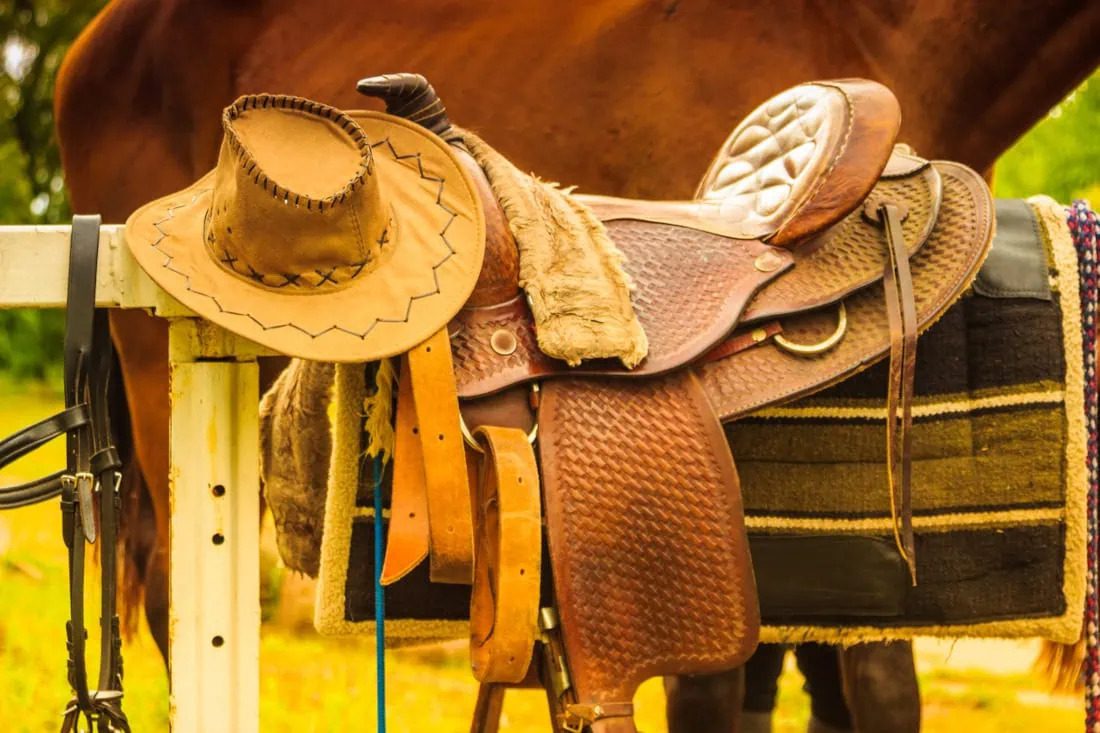
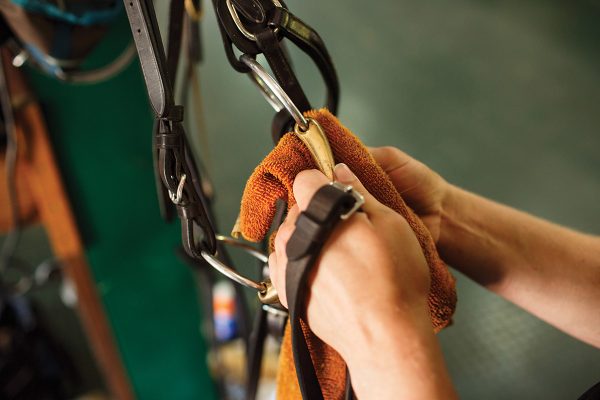

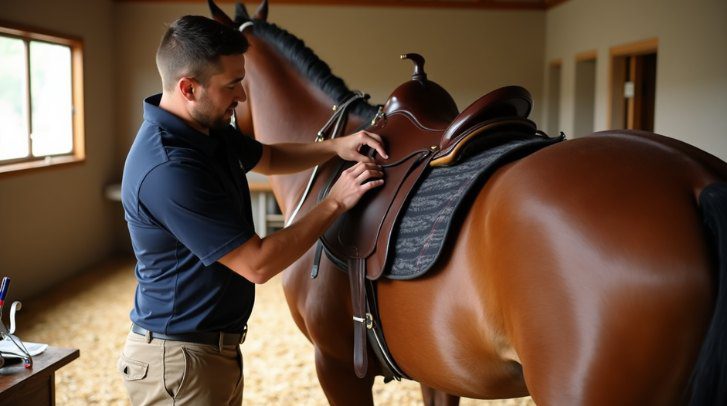
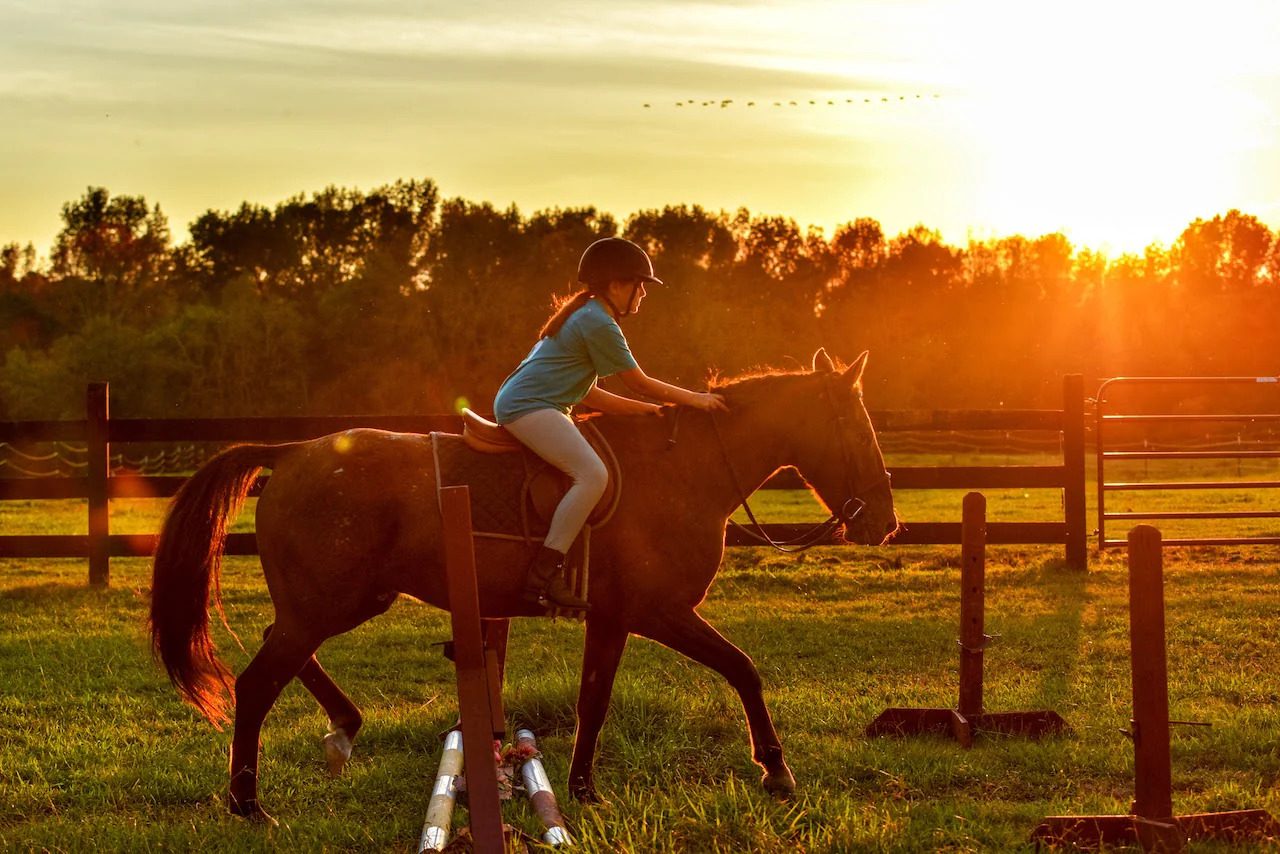
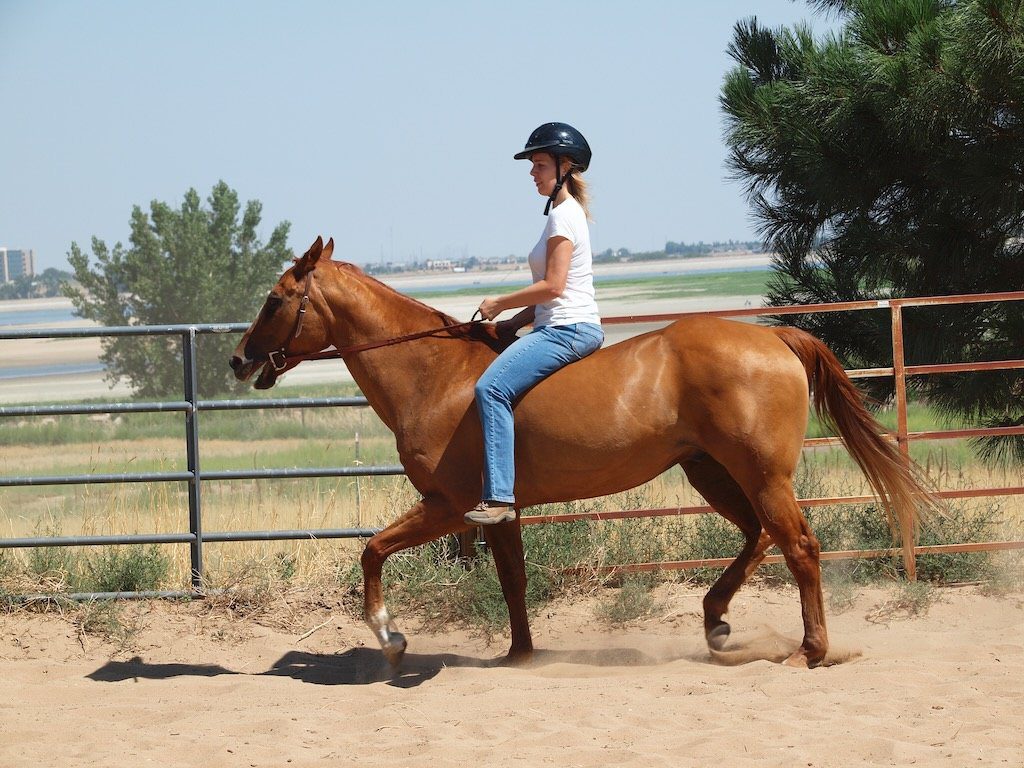
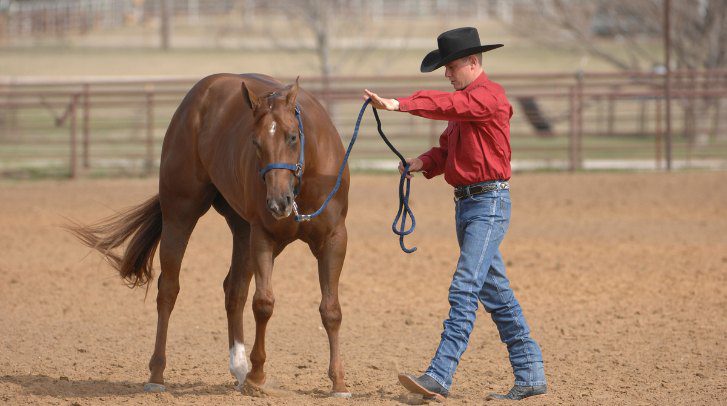
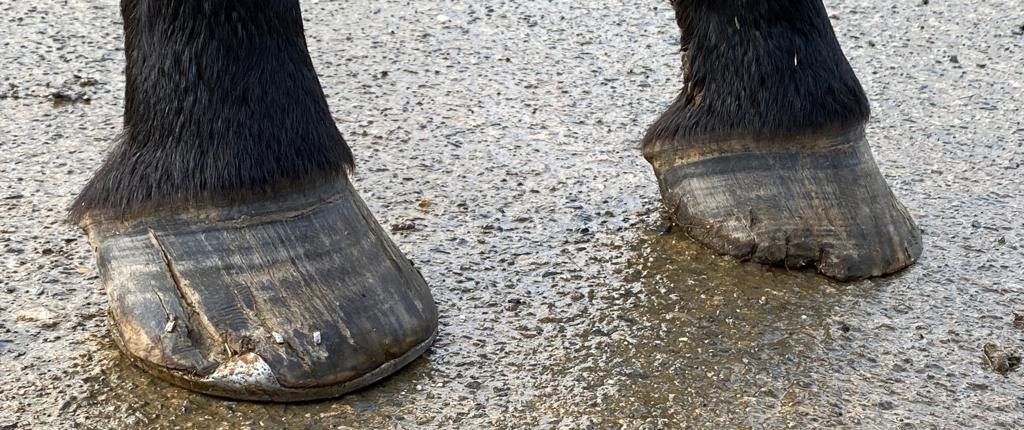
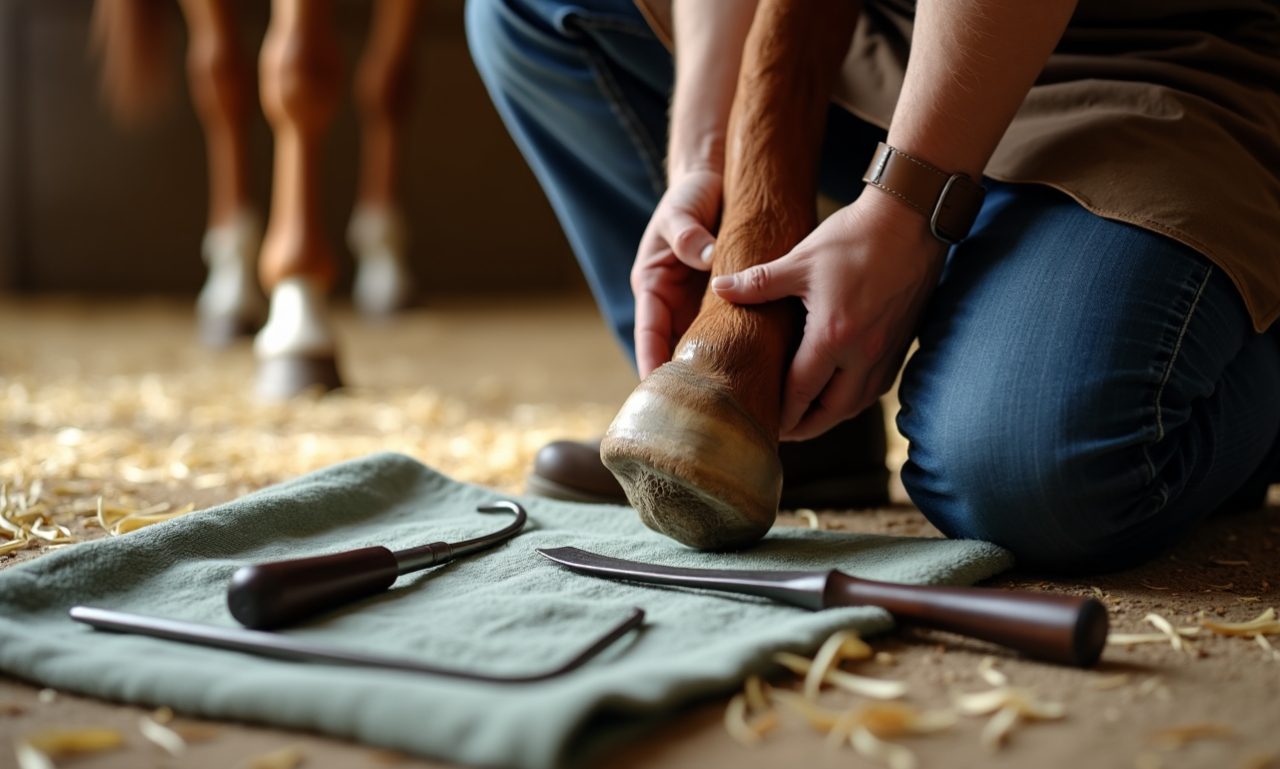

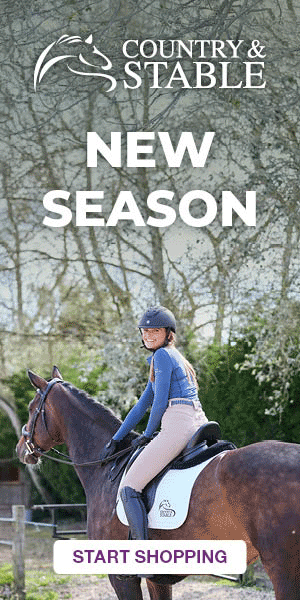
 Featured Listings
Featured Listings
 Adverts
Adverts
 Horses For Sale
Horses For Sale
 Tack & Equipment
Tack & Equipment
 Horseboxes & Trailers
Horseboxes & Trailers
 Equine Properties
Equine Properties
 4x4 Vehicles
4x4 Vehicles
 Horses For Loan
Horses For Loan
 Horses Wanted
Horses Wanted
 Stallions at Stud
Stallions at Stud
 Equine Services
Equine Services
 Riding Holidays
Riding Holidays
